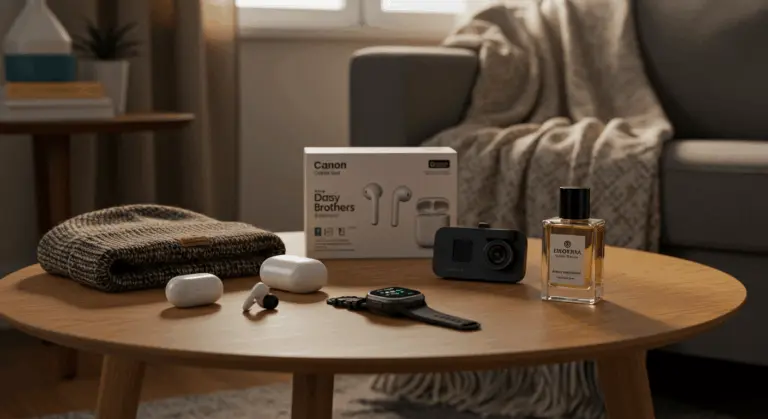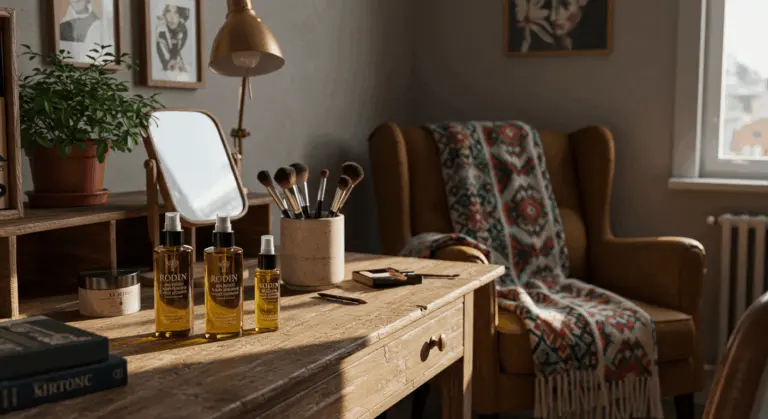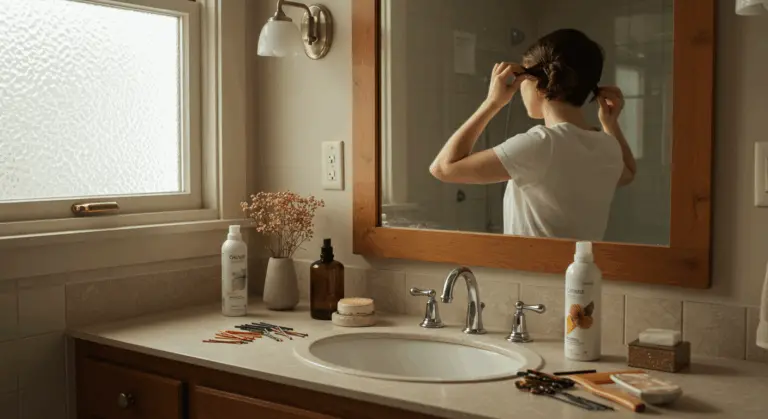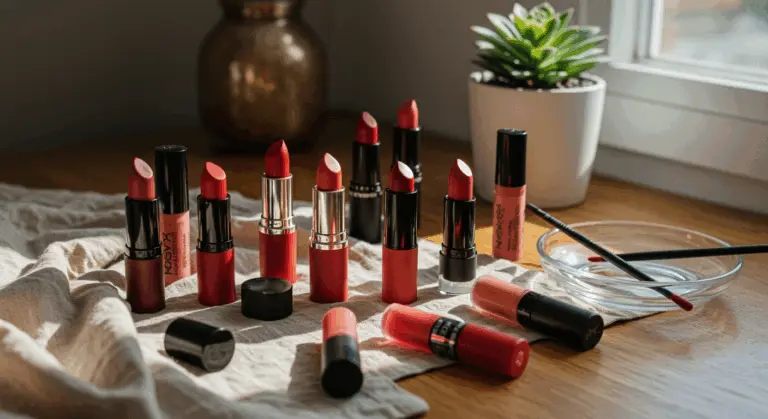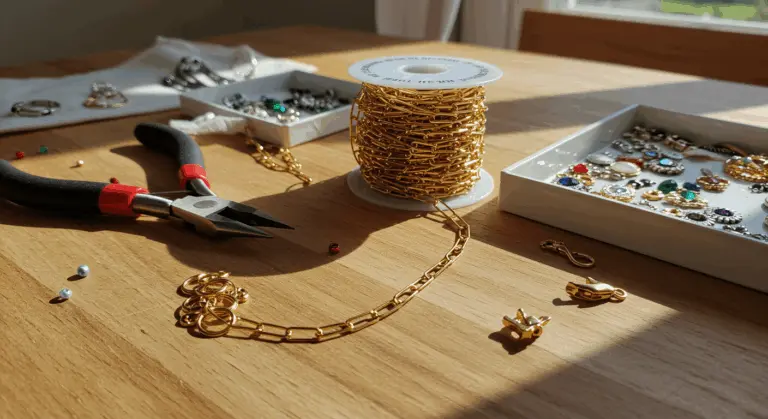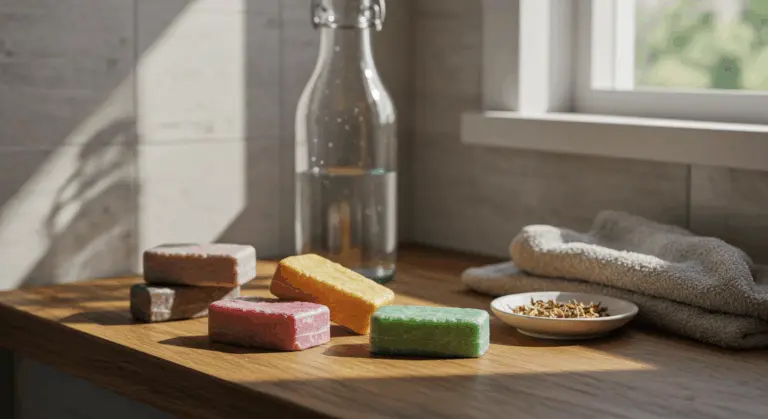Embracing Gray Hair: A Guide for Young Women
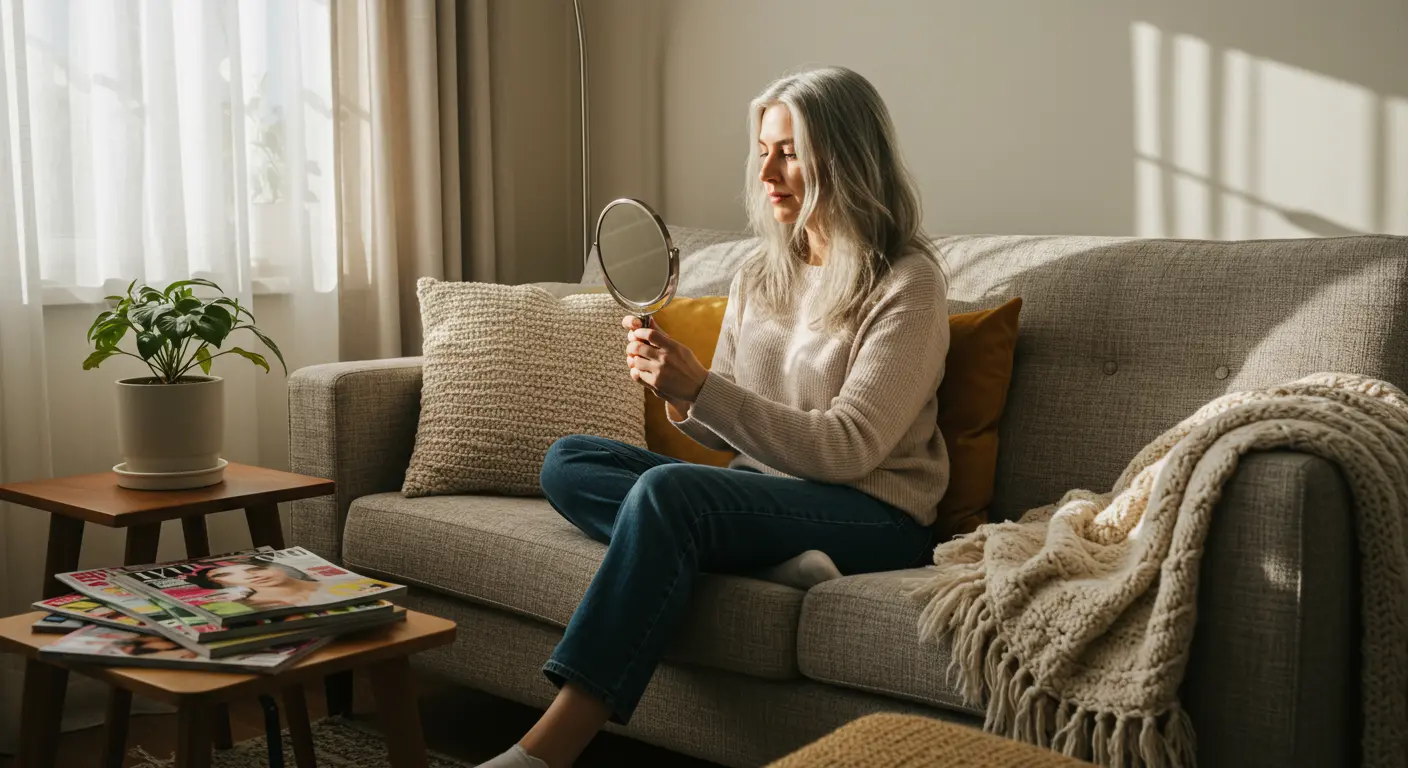
Understanding Gray Hair – A Natural Part of Aging
Gray hair emerges as a natural biological phenomenon that can manifest at virtually any stage of life—from childhood through our golden years. While traditionally linked to the aging process, many women today are discovering their silver strands appearing much earlier than expected, choosing to celebrate rather than camouflage this transformation. Graying occurs when hair follicles gradually lose their melanin-producing capacity, the very pigment that gives our locks their distinctive hue.
Interestingly, gray hair transcends mere chronological markers. It represents wisdom, lived experience, and personal growth. Women across diverse age demographics first notice gray hair at very different ages—some as children, others amid their dynamic twenties or thirties, while some remain untouched until their fifties arrive. This wide variation shows that graying is a deeply personal experience, shaped by genetic inheritance, lifestyle choices, and occasionally, life’s stressful moments.
The cultural narrative surrounding gray hair is changing dramatically—shifting from concealment to celebration. Today’s women increasingly view their silver threads as stunning, authentic expressions of their natural essence rather than imperfections requiring correction. This shift represents a broader rebellion against conventional beauty standards that have historically demanded women maintain youthful facades at tremendous personal cost.
Cultural Perceptions of Gray Hair
Cultural perspectives on gray hair vary widely across societies and generations. Western cultures have long viewed gray hair as neglect or surrender—particularly for women. There’s a clear double standard: silver-crowned men earn descriptions like “distinguished” or “sophisticated,” while women bearing identical natural features face relentless pressure to mask their grays and preserve youthful illusions.
Many cultures, however, associate gray hair with profound symbolic meaning—wisdom, reverence, and accumulated life experience. Traditional beliefs honor gray hair as a testament to knowledge earned through years of living. This view offers an alternative to youth-obsessed beauty standards, reminding us that physical evolution can carry deeply positive cultural significance.
The Gray Hair Transition – Tips and Tricks
The transition to gray hair requires patience and planning. The growing-out phase presents unique challenges, often creating stark demarcation lines between previously dyed hair and emerging gray growth. This transformation typically spans six months to two years, depending on hair length and individual growth rates.
One effective method is blending the transition through strategic highlights or lowlights. Skilled colorists can create highlights that mirror your natural gray patterns, softening obvious grow-out lines. Products like Redden’s Color Camo offer gentle blending without full dye commitment. Alternatively, many women embrace dramatic pixie cuts or shorter styles to accelerate their transformation timeline.
For those who prefer the natural approach, simply allowing your hair to reveal itself works well. This method requires embracing awkward intermediate phases, yet many women discover profound liberation in witnessing their authentic color emerge. During this period, using toning products is important for maintaining gray hair’s quality and visual appeal.
Consider experimenting with dimensional techniques to enhance your gray hair’s character. Subtle highlights can add depth. A glossing treatment delivers luminous shine. Even dyeing ends to lighter blonde creates stylish, intentional contrast that feels deliberately fashionable.
Maintaining Gray Hair – Care and Products
Gray hair needs special care since its pigment absence creates increased porosity, dryness, and vulnerability to environmental yellowing. Creating a proper care routine is important for optimal appearance.
Purple or silver-toned shampoos and conditioners help prevent brassy yellow tones that can render gray hair lackluster. Weekly or bi-weekly use maintains brilliant, vibrant silver tones. Top recommendations include:
Moisture is especially important for gray hair, which naturally tends toward dryness compared to pigmented strands. Seek moisturizing formulations rich in nourishing oils and butters to combat this inherent challenge. Specialized brands like Better Not Younger and Hair Biology offer targeted gray and aging hair lines, incorporating hydrating elements while addressing additional concerns like thinning or textural changes.
Protecting gray hair from heat damage is also important. Silver strands demonstrate heightened vulnerability to thermal damage, making protective sprays mandatory before blow-drying or styling. Regarding styling techniques, many women discover that blow-drying enhances gray hair’s shine and manageability, as air-dried gray hair can appear disappointingly dull or unruly.
Regular deep conditioning treatments and periodic clarifying shampoos to eliminate product buildup help preserve gray hair’s vibrancy. With appropriate products and consistent care routines, gray hair can radiate health, luminosity, and intentional style rather than appearing neglected or lackluster.
Embracing Gray Hair – A Form of Self-Expression
Choosing to embrace gray hair goes beyond looks—it’s a profound declaration of self-expression and personal liberation. Many women report experiencing deep freedom when abandoning the exhausting, expensive cycle of frequent hair coloring appointments. This choice saves time and money once spent on maintaining appearances that conformed to societal dictates.
More than just convenience, embracing gray hair challenges societal double standards. It asserts a woman’s fundamental right to age authentically and entirely on her own terms.
Women who make this transition often say they feel more empowered, confident, and genuinely themselves. Something profoundly authentic emerges when presenting yourself to the world exactly as nature intended—without modification or concealment. This authenticity often ripples outward, inspiring women to embrace additional aspects of their natural appearance and core identity.
Support Networks for Gray Hair Journey
The gray hair journey need not be traveled alone. Many online communities have formed to support women through every transition stage. These spaces offer encouragement, practical wisdom, and belonging that’s incredibly helpful when challenging entrenched beauty standards.
Instagram is especially important for the gray hair revolution. Communities like Silver Sisters International, Gr ombre, and Embrace the Gray showcase thousands of women at various journey stages. These accounts feature dramatic before-and-after transformations, styling expertise, and personal narratives that inspire others toward natural color acceptance. Instagram’s visual nature makes it perfect for normalizing gray hair and demonstrating its beauty across diverse ages, hair types, and styling approaches.
Facebook hosts numerous private groups dedicated to gray hair transition support. Communities like Going Gray Guide and Silver Revolution create protected spaces where members freely ask questions, share struggles, and celebrate victories. These groups frequently provide valuable resources: product recommendations, gray-friendly stylist suggestions, and emotional support during challenging transition phases.
These groups offer more than just practical guidance—they cultivate solidarity and normalize what could feel like going against the grain. Many women report that witnessing others who resembled them embracing gray hair provided the confidence catalyst for beginning their own transformations. These networks transform potentially isolating experiences into collective movements toward self-acceptance and natural beauty celebration.
Celebrities and Gray Hair – Influencing Trends
Celebrities have changed gray hair attitudes. When public figures like Jessica Biel, Katie Holmes, and Chrissy Teigen proudly showcase their natural silver streaks, they make gray hair seem fashionable instead of something to hide. These high-profile examples demonstrate that gray hair can embody style, sophistication, and complete compatibility with youthful, vibrant imagery.
The influence of celebrity gray hair goes beyond red carpets and glossy magazine spreads. When these images circulate through social media channels, they reach millions of women contemplating their own gray hair embrace but lacking transition confidence. Witnessing admired public figures proudly sporting silver strands gives important confidence that gray hair deserves beauty and celebration.
Along with celebrities, social media has created a new type: gray hair influencers documenting personal journeys. Consider Elizabeth Collins, who began graying at merely 13 years old. After years of religiously coloring her hair dark brown or black every four weeks, she abandoned the cycle four years ago—partly influenced by her fourth daughter’s pregnancy. Now 31, she chronicles her transition on Instagram (@young_and_gray29), inspiring other young women experiencing premature graying.
The Gray Hair Movement – A Cultural Shift
The gray hair movement represents a major cultural change that goes beyond personal styling preferences. What once signaled neglect or aging surrender has been reclaimed as a powerful symbol of confidence, wisdom, and natural beauty. This transformation reflects broader societal evolution in our perspectives on aging, authenticity, and female beauty standards.
Social media has been key to speeding up this cultural transformation. Platforms like Instagram have enabled gray-haired women to discover each other, share stories, and build supportive communities that challenge conventional beauty norms. Hashtags like #grombre, #silversisters, and #embracethegrey have amassed hundreds of thousands of posts showcasing natural gray hair’s diversity and beauty across every age.
This change is especially meaningful because of its intersection with conversations about ageism, gender equality, and authenticity. The gray hair movement questions why women should invest substantial time, money, and effort maintaining perpetual youth appearances. It challenges the double standard celebrating silver-haired men while expecting women to erase visible aging signs.
As the movement grows, it creates space for more diverse beauty representations. Gray hair is being transformed from hidden shame to a celebrated feature representing healthier, more inclusive beauty approaches valuing authenticity and experience above artificial perfection.

